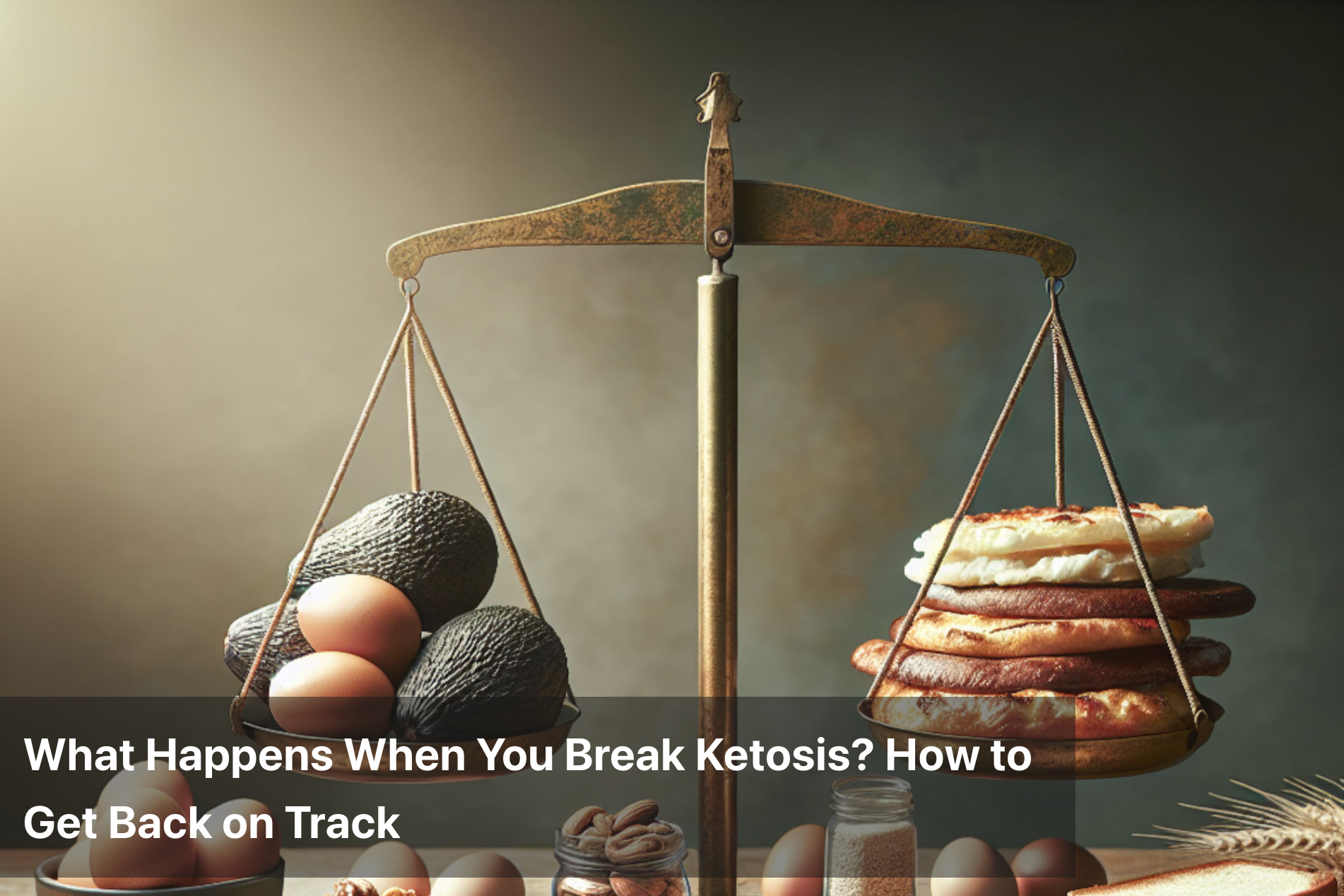
What Happens When You Break Ketosis? How to Get Back on Track
The ketogenic diet has gained popularity for its ability to promote fat loss, stabilize blood sugar, and boost mental clarity. At the heart of this diet lies the metabolic state of ketosis—where the body shifts from burning carbohydrates to burning fats for fuel. However, maintaining ketosis can be tricky. One wrong meal, a miscalculated snack, or even a night out can disrupt this delicate state. When that happens, it’s known as breaking ketosis.
Understanding what happens when ketosis is interrupted, the signs that indicate it, and the steps to return to fat-burning mode can make a significant difference in your keto journey.
What Is Ketosis?
Ketosis occurs when carbohydrate intake is drastically reduced, forcing the body to switch to fat as its primary energy source. The liver converts fats into ketones, which then fuel the brain, muscles, and other organs. It usually takes 2–7 days of low-carb eating to enter ketosis, depending on individual metabolism, activity level, and adherence to the diet.
What Causes You to Break Ketosis?
Several factors can knock the body out of ketosis, intentionally or unintentionally:
1. Eating Too Many Carbs
Even a single high-carb meal—like a pizza, bowl of pasta, or slice of cake—can provide enough glucose to push the body out of ketosis. On average, consuming more than 50 grams of net carbs in a day is enough to disrupt the process.
2. Hidden Carbohydrates
Sauces, salad dressings, processed snacks, and even “low-carb” labeled foods can contain hidden sugars or starches. These can sneak into your diet and hinder your progress.
3. Overeating Protein
Protein is essential, but too much can be converted into glucose through a process called gluconeogenesis, especially in the absence of carbs. This excess glucose can also kick you out of ketosis.
4. Alcohol Consumption
Certain alcoholic beverages, especially beer, sweet wines, and cocktails, are high in sugars and carbs. These can easily reverse ketosis and spike blood sugar.
Symptoms That You’ve Broken Ketosis
Breaking ketosis doesn’t usually come with a loud alarm, but your body gives subtle (and not-so-subtle) signs:
1. Increased Hunger and Sugar Cravings
Once you’re out of ketosis, your body reverts to using glucose, which can trigger carb and sugar cravings as your insulin levels fluctuate.
2. Fatigue and Brain Fog
One of the perks of ketosis is mental clarity and sustained energy. Losing that metabolic state can bring back sluggishness, low energy, and foggy thinking.
3. Digestive Issues
Bloating, constipation, or stomach cramps may return when high-carb foods, especially processed ones, are reintroduced suddenly.
4. Weight Fluctuation
A sudden spike in weight—typically from water retention caused by glycogen storage—can be an early sign of a break in ketosis. Glycogen binds to water, so you may gain a few pounds quickly.
5. Loss of Ketone Breath
The distinct “keto breath,” often described as fruity or metallic, may disappear once ketone production drops.
How to Get Back Into Ketosis Quickly
Falling out of ketosis isn’t the end of the road. With the right steps, you can regain metabolic momentum and restore fat-burning efficiency.
1. Return to Strict Low-Carb Eating
Start by re-establishing your macro ratios: aim for 70-75% fat, 20-25% protein, and 5-10% carbs. Focus on whole, unprocessed foods like avocados, eggs, nuts, leafy greens, and quality fats like coconut oil or ghee.
2. Increase Physical Activity
Exercise helps deplete glycogen stores and speeds up the transition back into ketosis. High-intensity interval training (HIIT), resistance workouts, or brisk walks can all be effective.
3. Try Intermittent Fasting
Fasting for 14–18 hours can significantly boost ketone production. During the fast, your body turns to fat stores for energy, accelerating the return to ketosis.
4. Stay Hydrated and Replenish Electrolytes
Ketosis causes your kidneys to flush out water and minerals like sodium, magnesium, and potassium. Drink plenty of water and consider electrolyte-rich options like bone broth or keto-friendly supplements to avoid fatigue and headaches.
5. Consider Exogenous Ketones
Supplements like exogenous ketones or MCT oil can give you a temporary boost in ketone levels. While not a shortcut to ketosis, they can help ease the transition and reduce symptoms like the “keto flu.”
6. Track Your Ketone Levels
Use breath analyzers, blood ketone meters, or urine strips to monitor your progress. Tracking can help you adjust your diet and lifestyle for quicker results.
Preventing Future Breaks in Ketosis
Staying in ketosis requires mindfulness and preparation. Here are some long-term strategies to keep you on track:
Meal Prep: Plan and prep your meals in advance to avoid last-minute temptations.
Read Labels Carefully: Always check nutritional information for hidden carbs or sugars.
Find Low-Carb Alternatives: Swap high-carb favorites with keto-friendly products like LO Foods' low-carb rotis, snacks, and keto baking essentials.
Stay Consistent: Rather than cycling in and out of ketosis frequently, aim for long-term consistency for sustained benefits.
Mindful Eating: Emotional eating or social settings can be tricky. Prepare mentally and physically for such occasions by carrying keto snacks or eating beforehand.
Conclusion
Breaking ketosis is a common experience, even for seasoned keto followers. It’s not a failure—it’s a bump in the road. Understanding the causes and symptoms allows you to respond effectively, and with the right tools and mindset, you can quickly return to your fat-burning state.
The key lies in being intentional about your nutrition, staying informed, and having a recovery strategy. Whether it’s through intermittent fasting, smarter food choices, or relying on high-quality keto products from trusted brands like Lofoods, the path back to ketosis is entirely within reach.
This Blog post is an initiative by Lo! Foods, to provide accurate and Nutritionist / Doctor approved information related to Health. Lo! Foods is India's leading brand for Everyday Functional Foods. Foods designed for specific Health conditions or Needs. Lo! Foods also runs India's largest range of Low Carb Healthy Cloud Kitchens, under the brand names of Lo!, ProteinChef, ATH (All Things Healthy) and DiabeSmart.





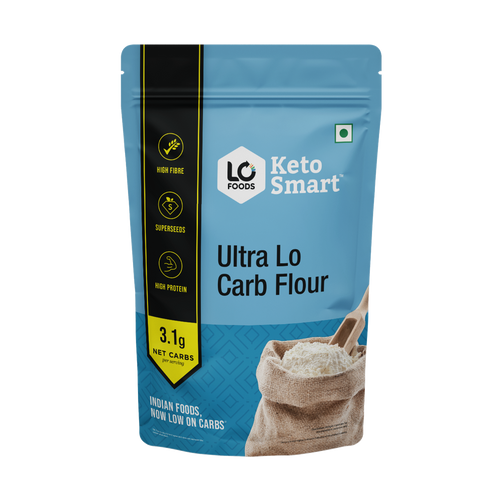
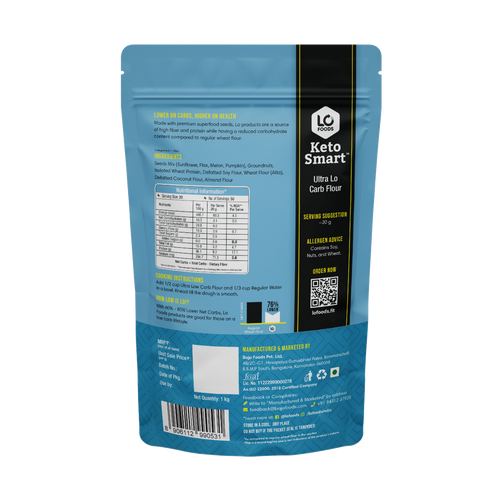

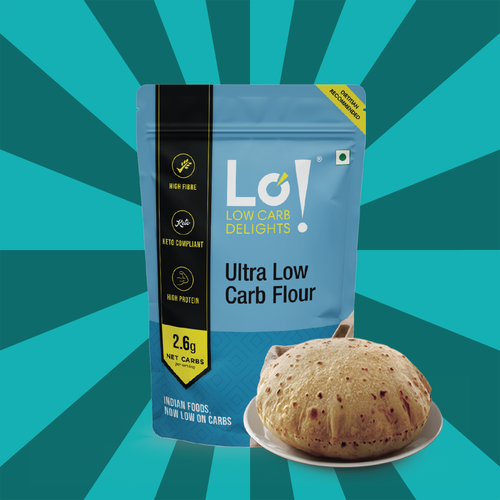
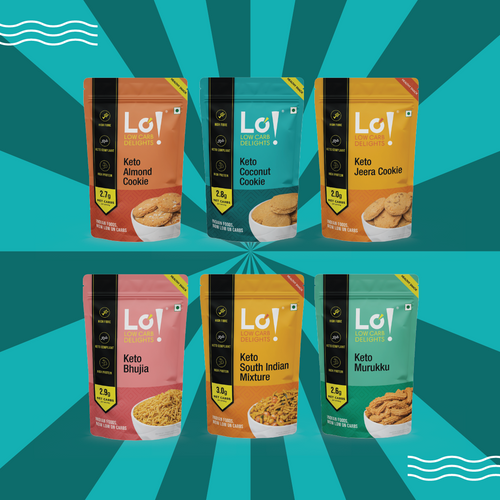

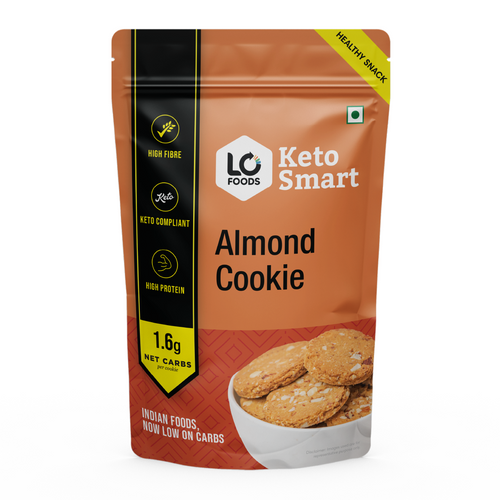


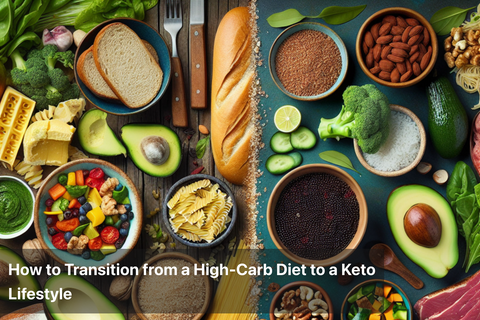

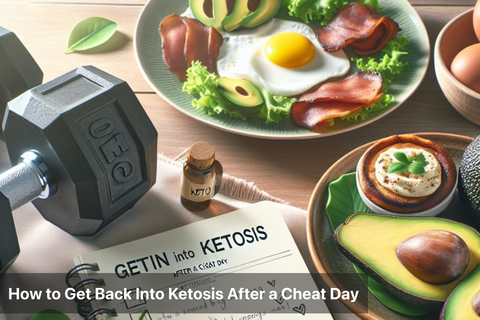
Leave a comment
Your email address will not be published.